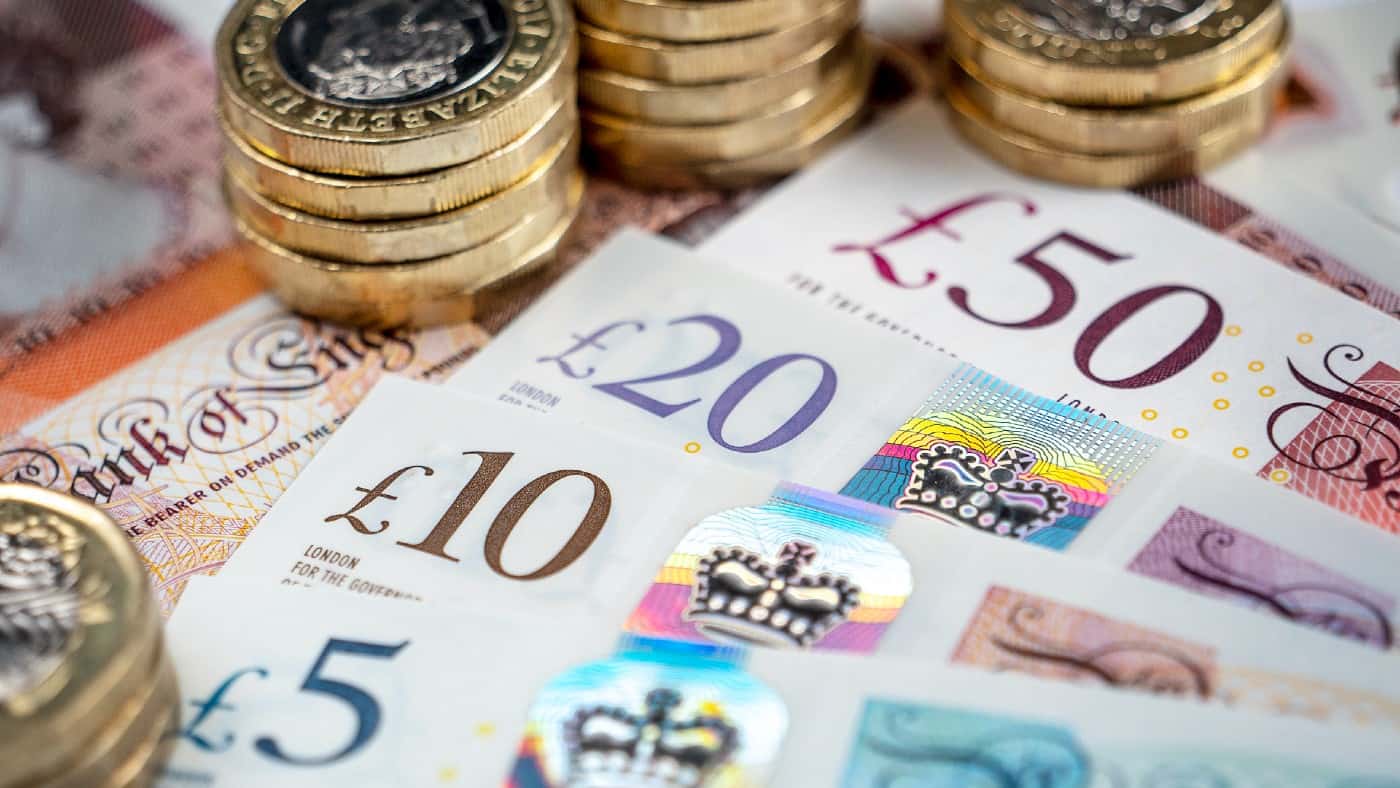Investing in dividend shares is one of my favourite passive income ideas. A lot of companies have well-established businesses with millions of existing customers. Owning a slice of such a firm and benefiting from its profits is an effortless way for me to increase my earnings. If I wanted to target £500 a month of earnings using this approach, here is the passive income plan I would put into action.
Starting with an end goal
Shares do not all pay dividends. It is up to a company’s board to decide if and when to pay dividends. Usually a company does not pay them unless it is profitable or has strong financial reserves. But even then, they are not guaranteed. For example, a fast-growing company may prefer to invest its profits in research and development rather than paying them out to shareholders.
When a share does pay dividends it is said to have a yield. For example, if I pay £1 for a share and the dividend per share is 2p, the yield is 2%. If I pay 50p for the same share with its 2p per share dividend, the yield is 4%.
So dividend yield is important to help me calculate how much I need to invest to target a certain income from dividends. £500 a month adds up to £6,000 a year. If I invest in shares with an average 10% yield, I will need to spend £60,000 on shares to hit that target. If the average yield is 5%, I will need to invest £120,000.
Dividend yield and risk
Not many shares offer a 10% yield in reality, but some do. However, often that high yield reflects an elevated risk. For example, Diversified Energy yields 10.7% but investors are concerned that gas well clean-up costs could damage its profitability in future. Housebuilder Persimmon pays a thinly covered 10.6% yield, but there is a risk that any downturn in housing demand could lead to a dividend cut at the company.
Not all high-yielding shares have equally high risks, however. Similarly, just because a share yields 5% rather than 10% does not necessarily mean it is lower-risk. So although the average yield affects how much I would need to invest in this passive income plan, it is not my main consideration when choosing shares.
Finding dividend shares for my passive income plan
Instead, my approach hinges on investing in businesses I think could generate substantial profits that could fund big dividends, far into the future. Although higher yields will improve my income streams, I do not invest in any company without looking at both its pros and cons. That includes current and future risks to the business.
I would then spread my money over a diversified range of shares operating in different business areas. That way, the impact on my passive income streams if any one company cuts or cancels its dividend is lower.
Starting on a smaller scale
Investing £120,000 in companies with an average dividend yield of 5%, I think I could hit my monthly passive income target of £500.
But what if I do not have £120,000 to start with? I can simply apply the same passive income plan, on a smaller scale. I can use the funds I do have and target a lower monthly income from buying dividend shares.
